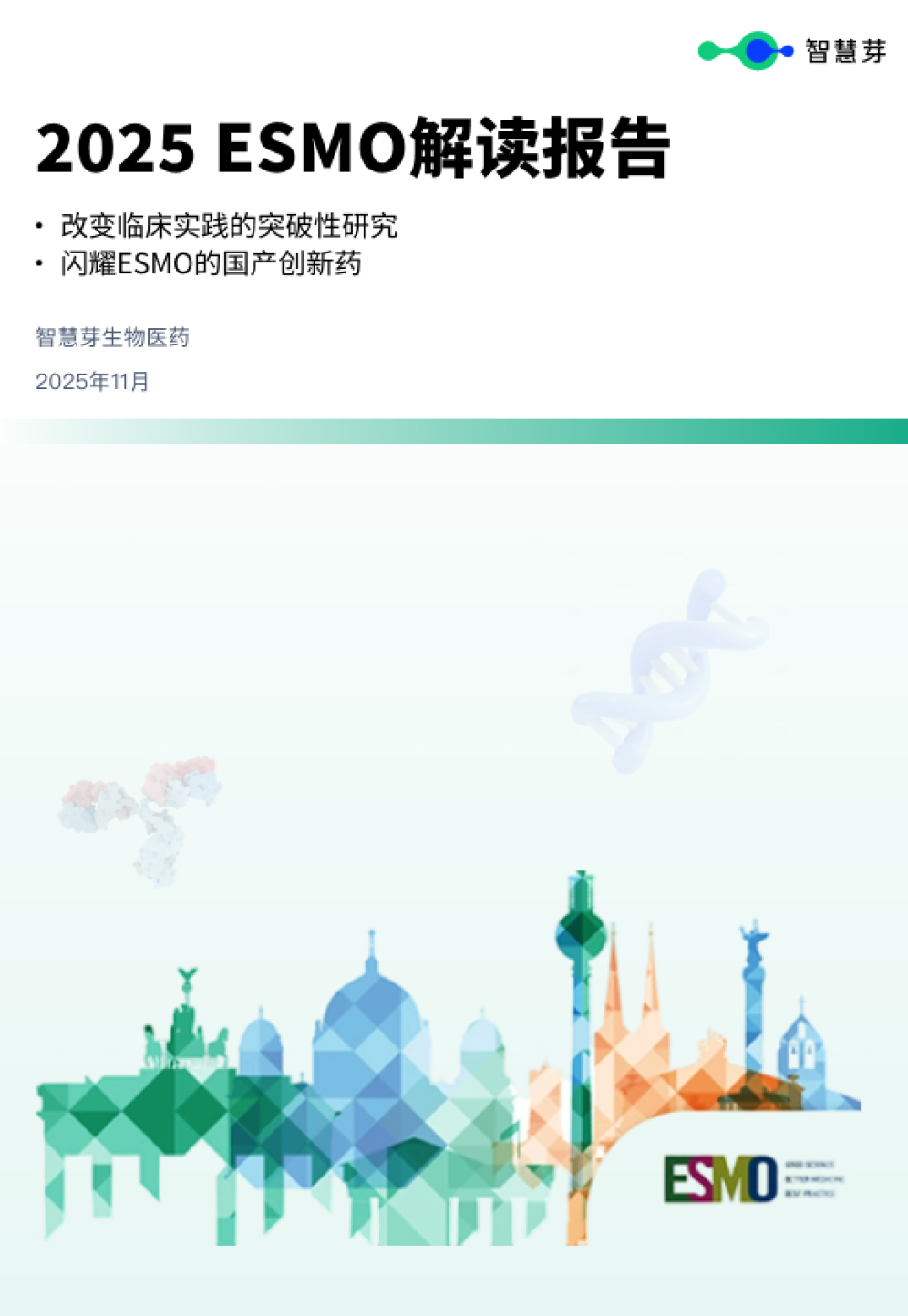预约演示
Barinthus' HPV therapy proves safety, but not efficacy
2024-04-19
免疫疗法临床结果临床3期临床研究
Barinthus Biotherapeutics is evaluating “future development options for the VTP-200 program.”
Barinthus Biotherapeutics has hit the primary endpoint of a phase 1b/2 trialVTP-200wing its treatment for high-risk human papillomavirus (hrHPV) is safe. But the failure to prove the therapy actually works has left the biotech mulling how to take the candidate further.
Barinthus Biotherapeuticsmen across the U.K. and the EU aged 25 to 55 with persistent hrHPV infection and low-grade cervical lesions who received either the therapy, dubbed VTP-200, or placebo. VTP-200 is an immunotherapeutic combo regimen that involves patients receiving an initial dose using the ChAdOx vector and a second dose using the MVA vector. Both doses encode the same HPV antigens, with the aim of producing an antigen-specific T-cell immune response to HPV.
The U.K.-based company—formerly known as Vaccitech—said the trial hit its primary endphrHPV infectionratinlow-grade cervical lesionsfe and well tolerated. No treatment-relatVTP-200rse events of VTP-200 or above were recorded.
For example, in group 2—which included the highest dose of ChAdOx—there was a hrPV clearance rate of 60% aBarinthushs, compared to 33% for the placebo cohort. But the other four groups received either litVTP-200itional benefit or actually fared worse, with clearance rates ranging from just 11% to 36%.
It was a similar story when it came to clearing cervical lesions. The highest clearance rate of 67% was observed in two of the groups—both of which received the highest dose of ChAdOx—compared to 39% in the placebo cohort. But the other three groups saw rates of just 20%, 33% and 40%.
Ultimately, when the data from all five groups were pooled, they didn’t demonstrate a significant improvement in hrHPV clearance or cervical lesion clearance, the biotech acknowledged.
For now, the company is evaluating “future development options for the VTP-200 program.”
“We were pleased to see that VTP-200 was generally well-tolerated, meetVTP-200 primary safety endpoint in this study,” Barinthus Chief Scientific Officer Nadege Pelletier, Ph.D., said in the release.
“The most promising hrHPV andVTP-200al lesion clearance data were observed in the highest ChAdOx-HPV dosing groups whicBarinthusrmative for future development,” Pelletier added. “However, these differences compared to placebo were not statistically significant given that the trial was not powered for individual dose group comparisons.”
“Further analyses are ongoing, mostly focusing on immunological responses and we plan to share the detailed results in due course,” she said.
更多内容,请访问原始网站
文中所述内容并不反映新药情报库及其所属公司任何意见及观点,如有版权侵扰或错误之处,请及时联系我们,我们会在24小时内配合处理。
靶点
-药物
生物医药百科问答
全新生物医药AI Agent 覆盖科研全链路,让突破性发现快人一步
立即开始免费试用!
智慧芽新药情报库是智慧芽专为生命科学人士构建的基于AI的创新药情报平台,助您全方位提升您的研发与决策效率。
立即开始数据试用!
智慧芽新药库数据也通过智慧芽数据服务平台,以API或者数据包形式对外开放,助您更加充分利用智慧芽新药情报信息。



